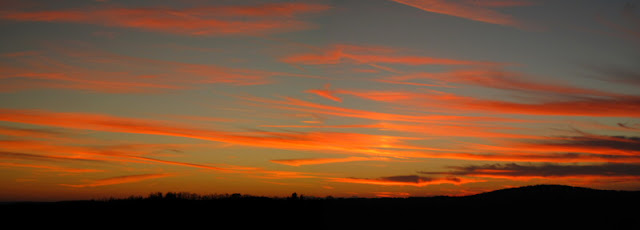We've had a couple of damp/cloudy days this week and I took a walk through a wooded area on our property. Most of the leaves on the trees had fallen and I noticed several trees in one area were heavily encrusted with lichens. Lichens are commonly found as small surface patches on tree bark, but these lichens would totally cover branches.

One of the trees covered with lichens.

Lichens are a composite of a fungus and an organism, such as algae, capable of producing food by photosynthesis. The algae produces carbohydrates through photosynthesis which then serves as food for the fungus.
There are multiple types of lichens, such as Foliose lichens which take their name from the fact that they are vaguely similar to "foliage," or leaves.

A fruticose lichen is a 3-dimensional lichen, with a branching, bushy appearance, like a leafless shrub.

This "British Soldiers" Lichen (
Cladonia cristatella) is a fruticose lichen that gets its name from its resemblance to the uniforms worn by English soldiers during the Revolutionary War.





















































